
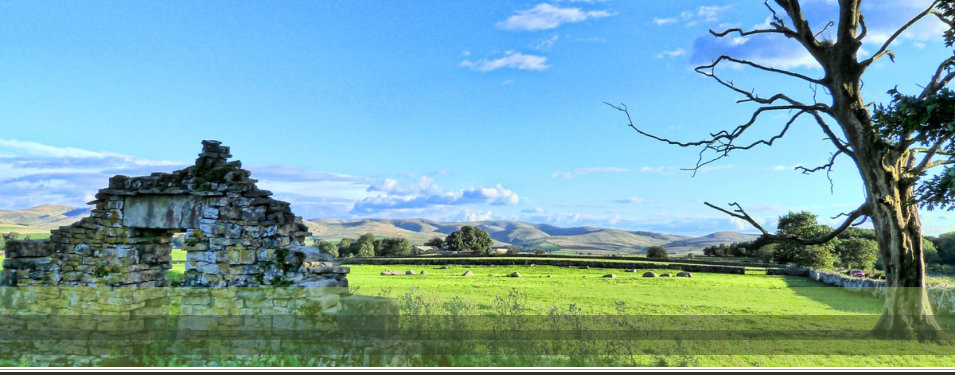
Westmorian
Monuments
The Westmorland Fells area has a remarkable heritage, with interesting
monuments erected over a vast stretch of time from the late Mesolithic
through to the C20
th
including stone circles, holy springs, Roman roads,
Iron Age settlements, Celtic and mediaeval field systems and 19
th
, 20
th
and 21
st
Century sculptures. There are Prehistoric sites in the Orton
Valley, dotting the limestone uplands of Asby Common, Gaythorn Plain
and Crosby Ravensworth Moor and then stretching northwards in the
famous Serpentine Avenue through Shap aligned with Knipe Scar Circle
and the Moor Divock funerary complex.
Penrith Museum and Tourist Information Centre has a fine display of local prehistoric artefacts, including axe-heads and ring and cup-marked stones. There is also a film show that teaches how the axe heads were made.The Westmorland Fells have a long and fascinating heritage with
some of the earliest and finest prehistoric sites of their kind. These
include Gamelands Great Circle of Orton Vale, one of the UK’s widest
at 44 meters — also Cumbria’s only stone circle to be completely
embanked, and Gunnerkeld, one of the UK’s oldest, a multi-phase
site, part of which may be centuries earlier than Stone Henge!
What do they have in common? They were both built near springs.This seems to be a common characteristic for these early civilization centres.

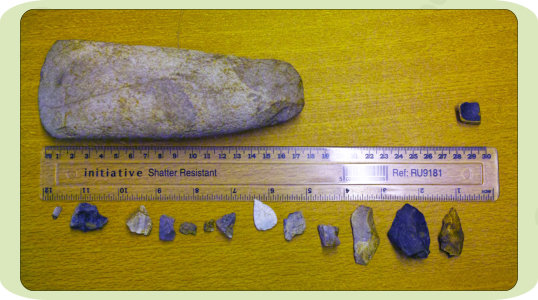

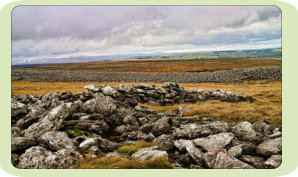
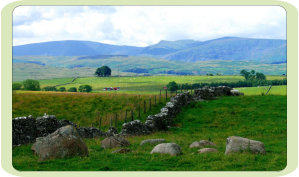



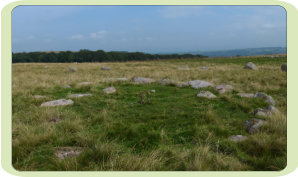
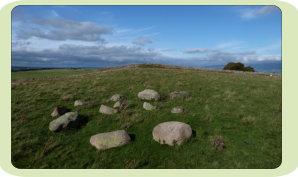

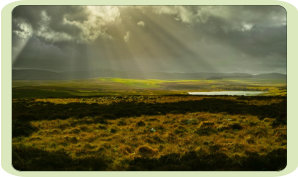
The image on the left shows prehistoric tools held in trust by
The Parish Archive, Crosby Ravensworth. The hand axe top left
is a very unusual polished hard limestone axe head of the New
Stone age (Neolithic 4200 - 2500 BC) found at Dryevers by G.
Bowness while ploughing. Top right is a small fragment of
medieval pottery from the Lyvennet River.
Below the ruler from left to right we have Mesolithic microliths
from the left found in molehills near Sunbiggin Tarn: a tiny tooth
from a fishing harpoon, a dark chert core from which flakes for
a harpoon were produced, a white chert core next to it and five
flakes. (c. BC 8000 - 4500)
About six inches along we have a white chert leaf-shaped
neolithic arrow-head found in a mole-hill near Orton Scar. Then
follow two flint flakes and a flint scraper of Bronze age date
(c.BC 2400 -1000), a dark chert core and finally a neolithic
arrowhead stained by peat from Morland Bank area (Eel mires)

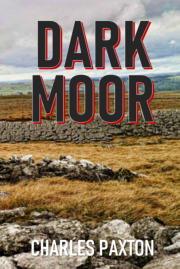
Charles Paxton’s new historical fantasy novel
“Dark Moor” is now available on Amazon Kindle!
The book is set in the Westmorland Fells and some
other noteworthy sites in Cumbria.
Please click the above link or the cover image to
view the title in a new window.
© This site and its contents are copyright 2010-22 by C.Paxton and other contributing members of the Westmorland Fells Group.
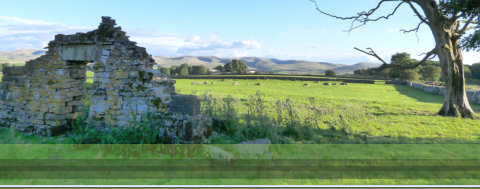

Celebrating Cumbria’s Carboniferous Fells and Dales
Westmorian
Monuments
The Westmorland Fells area has a remarkable heritage, with interesting
monuments erected over a vast stretch of time from the late Mesolithic
through to the C20
th
including stone circles, holy springs, Roman roads, Iron
Age settlements, Celtic and mediaeval field systems and 19
th
, 20
th
and 21
st
Century sculptures. There are Prehistoric sites in the Orton Valley, dotting the
limestone uplands of Asby Common, Gaythorn Plain and Crosby
Ravensworth Moor and then stretching northwards in the famous Serpentine
Avenue through Shap aligned with Knipe Scar Circle and the Moor Divock
funerary complex.
Penrith Museum and Tourist Information Centre has a fine display of local prehistoric artefacts, including axe-heads and ring and cup-marked stones. There is also a film show that teaches how the axe heads were made.The Westmorland Fells have a long and fascinating heritage with some
of the earliest and finest prehistoric sites of their kind. These include
Gamelands Great Circle of Orton Vale, one of the UK’s widest at 44
meters — also Cumbria’s only stone circle to be completely embanked,
and Gunnerkeld, one of the UK’s oldest, a multi-phase site, part of which
may be centuries earlier than Stone Henge!
What do they have in common? They were both built near springs.This seems to be a common characteristic for these early civilization centres.


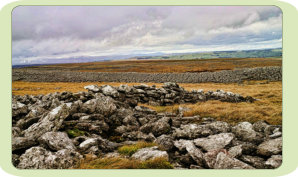

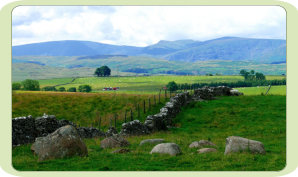

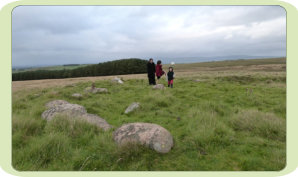

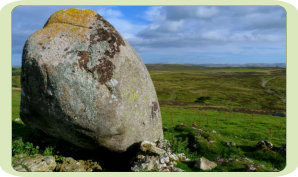

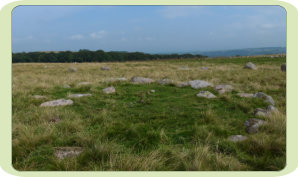

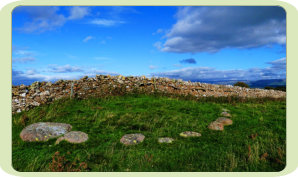

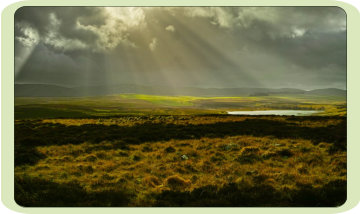
The image above shows prehistoric tools
held in trust by The Parish Archive,
Crosby Ravensworth. The hand axe top
left is a very unusual polished hard
limestone axe head of the New Stone age
(Neolithic 4200 - 2500 BC) found at
Dryevers by G. Bowness while ploughing.
Top right is a small fragment of medieval
pottery from the Lyvennet River.
Below the ruler from left to right we have
Mesolithic microliths from the left found in
molehills near Sunbiggin Tarn: a tiny tooth
from a fishing harpoon, a dark chert core
from which flakes for a harpoon were
produced, a white chert core next to it and
five flakes. (c. BC 6000 - 4500)
About six inches along we have a white
chert leaf-shaped neolithic arrow-head
found in a mole-hill near Orton Scar. Then
follow two flint flakes and a flint scraper of
Bronze age date (c.BC 2400 -1000), a
dark chert core and finally a neolithic
arrowhead stained by peat from Morland
Bank area (Eel mires)
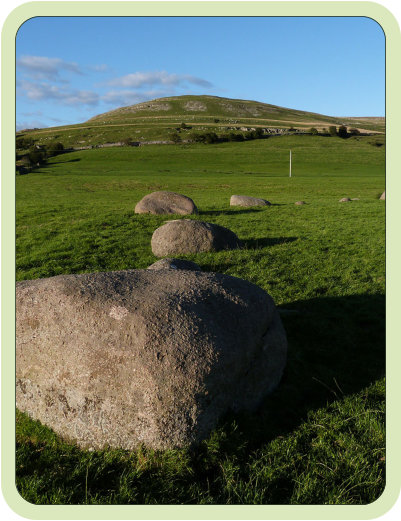

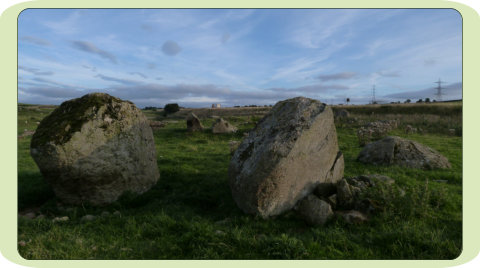


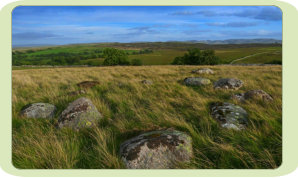

Advertisement
Advertisement
© This site and its contents are copyright 2010-22 by C.Paxton and
other contributing members of the Westmorland Fells Group.






























































